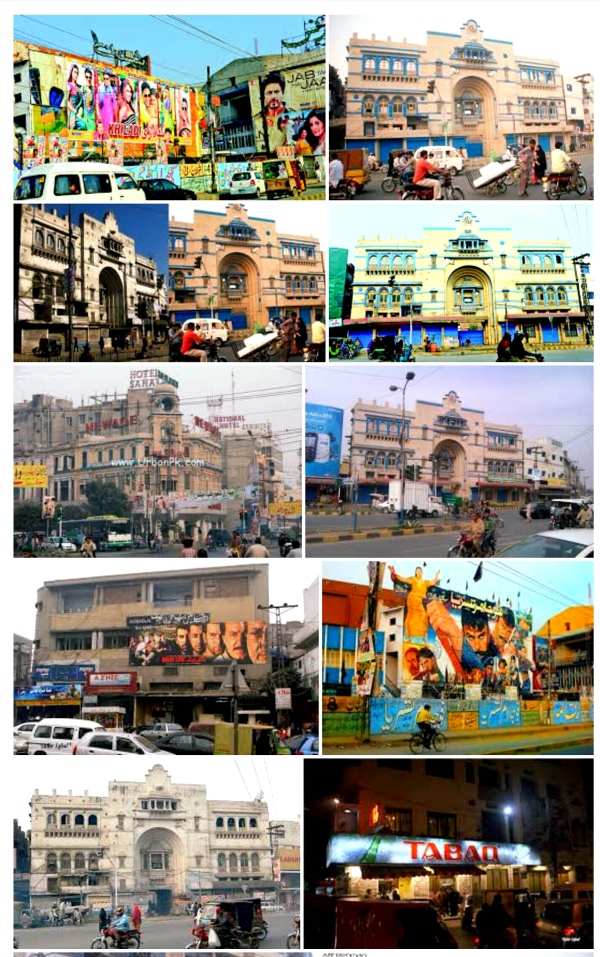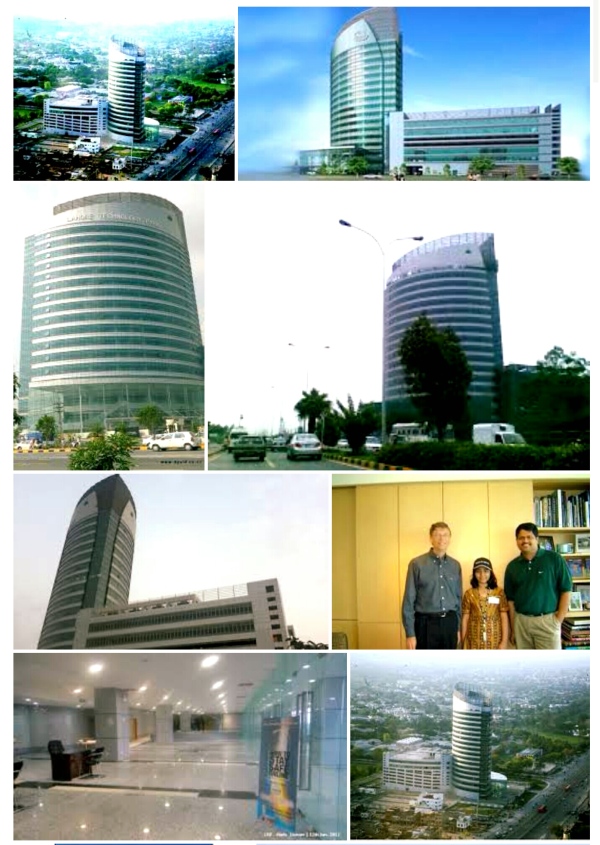I am writing this particular blog because every disaster and every problem in our beloved country appears to be because we are building roads (hilarious? I know).
In case of deaths due to heat surge….. We Criticize Motorways, Mass Public Transits Metro, Underpasses, Flyovers. In Case of Floods……………….We Criticize Motorways, Mass Public Transits Metro, Underpasses, Flyovers. In case of Law and Order Crisis………….We Criticize Motorways, Mass Public Transits Metro, Underpasses, Flyovers. Here is why it is wrong and stupid.
This attitude has reached crazy levels where we, as a nation, refuse to use a single brain cell and understand the how national economies work. So I’ve put together some food for thought in bullet points, in the easiest possible words, to help understand WHY is focusing on roads/transport infrastructure/ traffic engineering NOT WRONG, infact why is its CRUCIALLY ESSENTIAL.
Development is related at improving the welfare of a society through appropriate social, political and economic conditions. The expected outcomes are quantitative and qualitative improvements in human capital (e.g. income and education levels) as well as physical capital such infrastructures (utilities, transport, telecommunications).Development cannot occur without both as infrastructures cannot remain effective without proper operations and maintenance while economic activities cannot take place without an infrastructure base.
When transport systems are deficient in terms of capacity or reliability, they can have an economic cost such as reduced or missed opportunities and lower quality of life.
When transport systems are efficient, they provide economic and social opportunities and benefits that result in positive multipliers effects such as better accessibility to markets, employment and additional investments.
Assessing the economic importance of Transport Infrastructure & Transportation
- Core. The most fundamental impacts of transportation relate to the physical capacity to convey passengers and goods and the associated costs to support this mobility. This involves the setting of routes enabling new or existing interactions between economic entities.
- Operational. Improvement in the time performance, reliability, reduced loss or damage, better utilization level of existing transportation assets benefiting its users as passengers and freight are conveyed more rapidly and with less delays.
- Geographical. Access to a wider market base where economies of scale in production, (raw materials, parts, energy or labor) and broader markets for diverse outputs (intermediate and finished goods).
- Macroeconomic level Transportation and the mobility it confers are linked to a level of output, employment and income within a national economy. In many developed countries, transportation accounts between 6% and 12% of the GDP.
- Microeconomic level: Transportation is linked to producer, consumer and production costs. The importance of specific transport activities and infrastructure can thus be assessed for each sector of the economy. Usually, higher income levels are associated with a greater share of transportation in consumption expenses. Transportation accounts on average between 10% and 15% of household expenditures, while it accounts around 4% of the costs of each unit of output in manufacturing, but this figure varies greatly according to sub sectors.
- Direct impacts. The outcome of improved capacity and efficiency where transport provides employment, added value, larger markets as well as time and costs improvements. The overall demand of an economy is increasing.
- Indirect impacts. Indirect value-added and jobs are the result of local purchases by companies directly dependent upon transport activity.
- Induced impacts. The outcome of the economic multiplier effects where the price of commodities, goods or services drops and/or their variety increases. For instance, the steel industry requires cost efficient import of iron ore and coal for the blast furnaces and export activities for finished products such as steel booms and coils. Manufacturers and retail outlets and distribution centers handling imported containerized cargo rely on efficient transport and seaport operations.





























